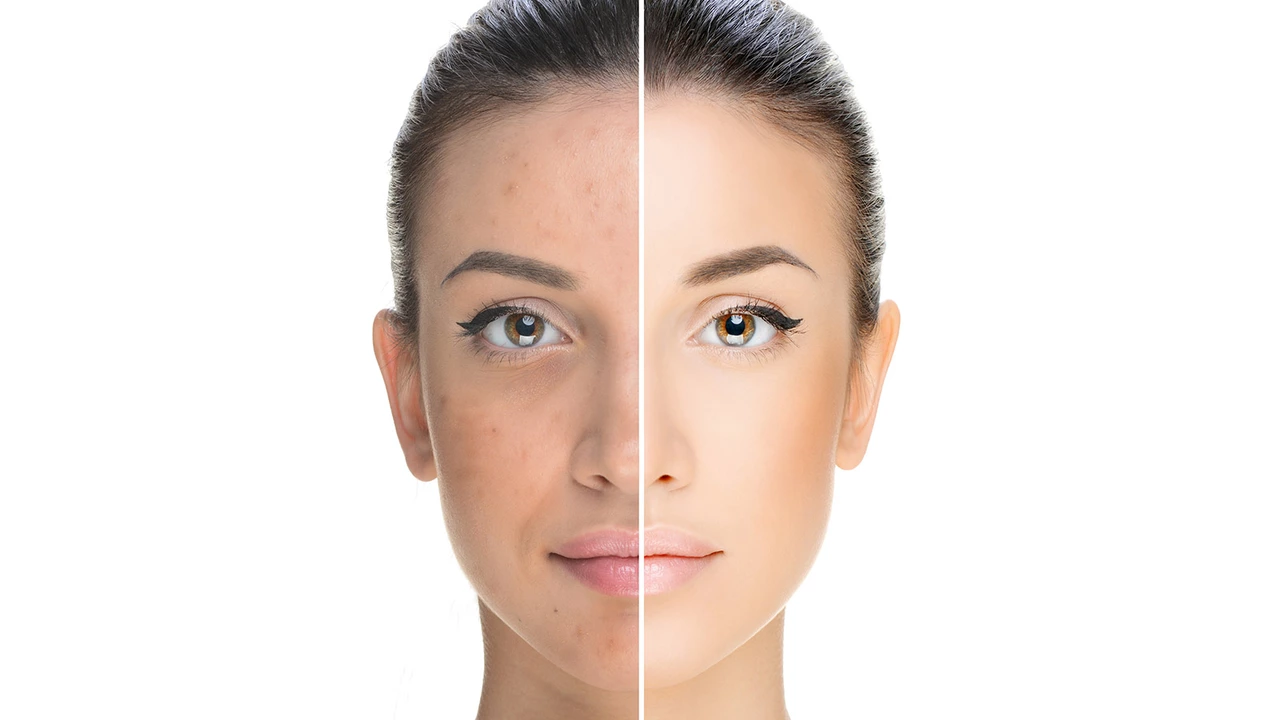Age Spot Removal: What Actually Works
Age spots (also called sunspots or liver spots) are flat, brown patches that show up where skin gets lots of sun. They’re common and harmless, but many people want them faded or removed. Here’s a straightforward look at options that work, what to expect, and how to avoid making new spots.
Quick treatments that work
Topical creams. Over-the-counter products with ingredients like hydroquinone (lightening), retinoids (cell turnover), vitamin C (brightening), and azelaic acid can help. Expect slow results — usually several weeks to months — and follow directions closely to avoid irritation.
Chemical peels. A mild chemical peel peels away the top pigmented layer. Light peels are done in-office or at medspas and need little downtime. Stronger peels remove deeper pigment but require more recovery and sun avoidance afterward.
Cryotherapy. Freezing the spot with liquid nitrogen is fast and often works on small, well-defined spots. It can cause temporary lightness or darkening and sometimes scabbing, so healing time varies.
Laser and IPL (intense pulsed light). These target pigment directly and can clear spots in one to a few sessions. Lasers are precise but more expensive. IPL treats multiple spots and uneven tone. Both need sun protection post-treatment and a skilled provider to avoid scarring or color changes.
Microdermabrasion and dermabrasion. These physically remove the top skin layer. Microdermabrasion is gentler and requires multiple sessions; dermabrasion is deeper and needs more recovery time.
Simple prevention and aftercare
Sunscreen is the single most important step. Use broad-spectrum SPF 30 or higher every day, reapply every two hours when outside, and wear a hat. Even one bad sunburn can make spots darker or create new ones.
Stay consistent with topical treatments. Many people stop too soon. If a cream is working, keep it up as directed. Some products increase sun sensitivity, so pair them with sunscreen.
Be cautious with DIY remedies. Lemon juice, baking soda, and similar tricks can irritate skin and worsen color changes. Gentle, proven ingredients beat harsh home remedies.
When to see a pro? If a spot changes shape, color, or bleeds, get it checked quickly. Also see a dermatologist if spots don’t respond to OTC options or if you want faster, more predictable results with lasers or peels.
Cost and comfort vary. OTC creams are cheapest but slow. Clinic treatments cost more but work faster. Think about how much downtime you can handle and how many sessions you’re willing to try.
Age spots are common and treatable. Pick a plan that fits your time, budget, and tolerance for downtime. With the right combo of prevention and treatment, you can reduce existing spots and keep new ones from showing up.
The Benefits of Chemical Peels for Age Spot Removal
Chemical peels are a fantastic solution for age spot removal. They work by applying a chemical solution to the skin, causing it to exfoliate and eventually peel off, revealing fresh, spot-free skin underneath. Not only do they effectively reduce the appearance of age spots, but they also rejuvenate the skin by boosting collagen production. It's a relatively quick and non-invasive procedure with lasting results. I highly recommend considering chemical peels if you're seeking a solution for age spots.

